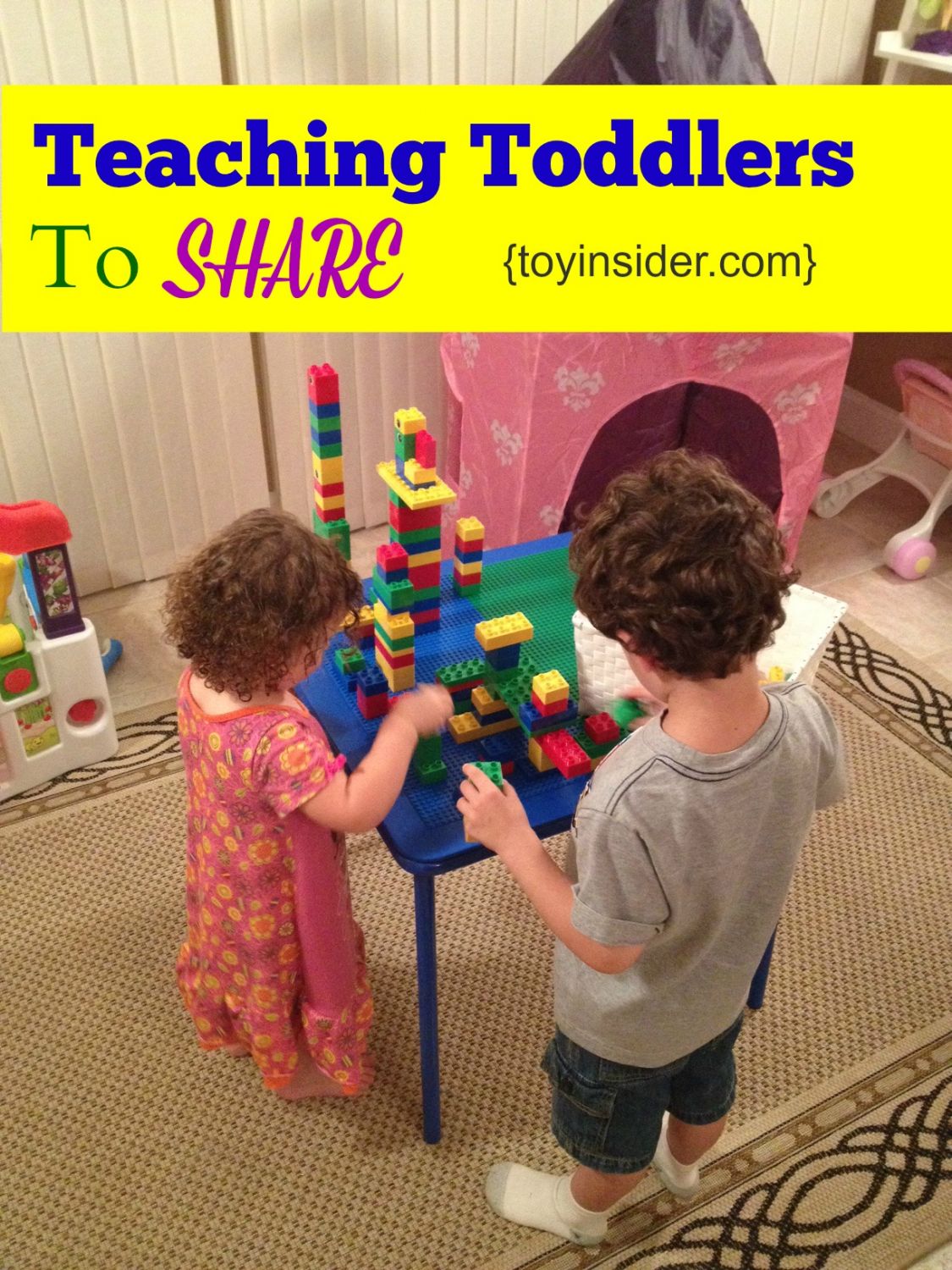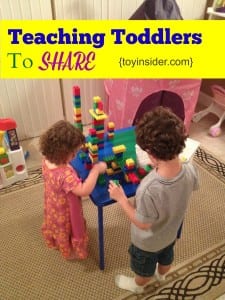Why is it that kids seem to do a better job of sharing at school than at home? What is different about school than at home? How can we teach our toddlers to share?
Working with ABA experts and observing teachers, I’ve learned some techniques that parents can do to be teaching toddlers, preschoolers, and other ages to share amongst themselves. First, know that most kids don’t understand cognitively what sharing truly is until 2.5 years of age. However, there is no detriment to starting to teach the concept early and continuing on. Here are a few tips that us parents can use at home to be teaching toddlers to share:
1. Practice. Give a ball to one child and have them hold it for 10 seconds, then have them pass it to the other for ten seconds, and do it back and forth. Extend the amount of time. It is teaching that toys aren’t “gone,” but that the toy will be available after their siblings or friends are finished playing with it.
2. Distract. If one child is upset that another child is using a preferred toy, encourage them to find another fun toy. Rather than generally suggesting another toy, make an assessment of what kind of object the child is upset about. If the toy they want is a toy car, find another toy car or a toy truck. If it is building blocks, find another group of objects to stack.
3. Act. Sometimes you might have to start playing with the alternative toy yourself and showing how “fun” this other toy is (start oohing, and aahing) and it will help them come over. When the preferred toy is available, make sure to ask if they would like to continuing playing or would they like to play with the other toy that the other child finished playing with. Following through helps pave the way for a better sharing experience the next time.
4. Timers. With your phone or oven or microwave timer, let both children know that the toy can be used for a set time (2 minutes, 5 minutes, etc.). Having an audible timer makes sure that children hear a bell to know the time to switch and is like a “third party” verbalizing the swap (rather than a request by a parent which may not be received well, especially if they are going through the “NO” stage). Sometimes understanding that the other child has a set time limit may help a child to cope and adjust knowing that the toy will be available soon with certainty.
Hopefully, these are some tools to help your child learn this skill set, as it doesn’t come naturally to all children. Just like learning the ABCs, children need to learn this skill too!


